During the final centennial park trip, the second day in Hawaii Volcanoes topped a year hiking in the parks. I ended the day having covered over 18 miles. The Kilauea Iki trail made up 4.5 of those miles. The November 14 to December 20, 1959 eruption threw lava and rocks almost 1,900 feet into the air. Blasted from the earth, multiton boulders rained down on the jungle, a natural artillery barrage. Lava spewed into the crater at 2,200 degrees Fahrenheit, the hottest lava ever measured in the islands. Over 80 tons of lava poured into the lake, rising to a depth of 400 feet. As the cooling surface hardened, molten rock underneath surged upwards, buckling the flat surface almost everywhere within a stone’s throw of the main vent. The jungle has returned to reclaim the ground adjacent to the crater, leaving a tropical rainforest surrounding this fierce and intimidating scar, a testimonial to nature’s irresistible power. I consider Kilauea Iki to be one of my favorite trails within the park system. It mesmerized me from beginning to end.
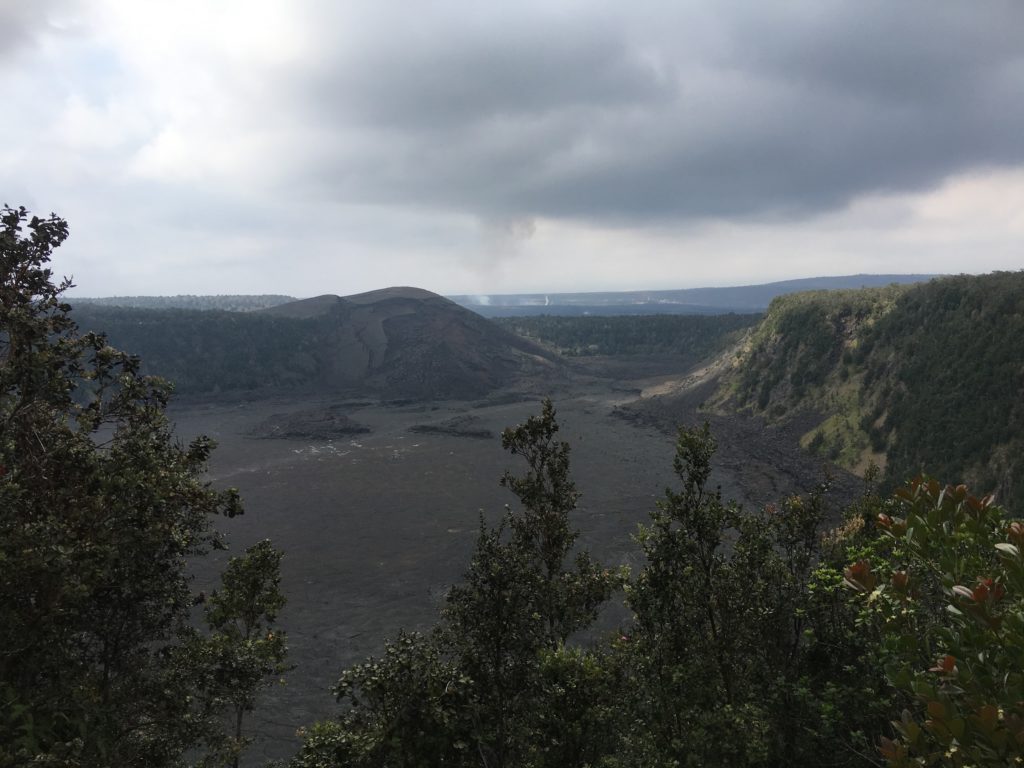
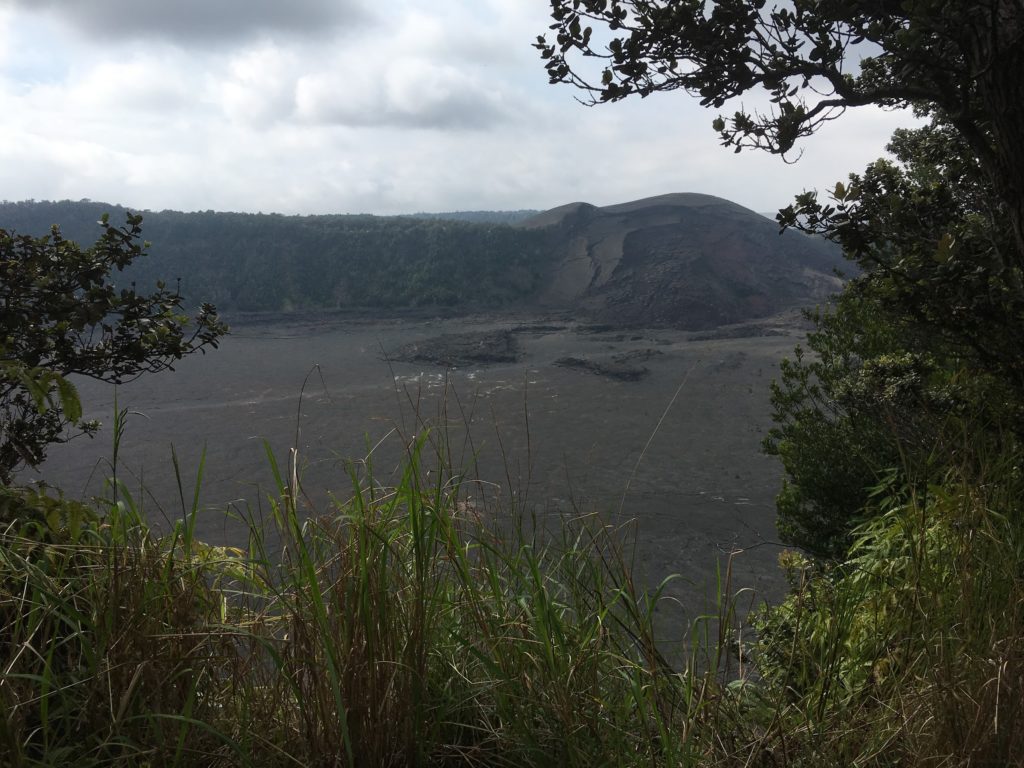
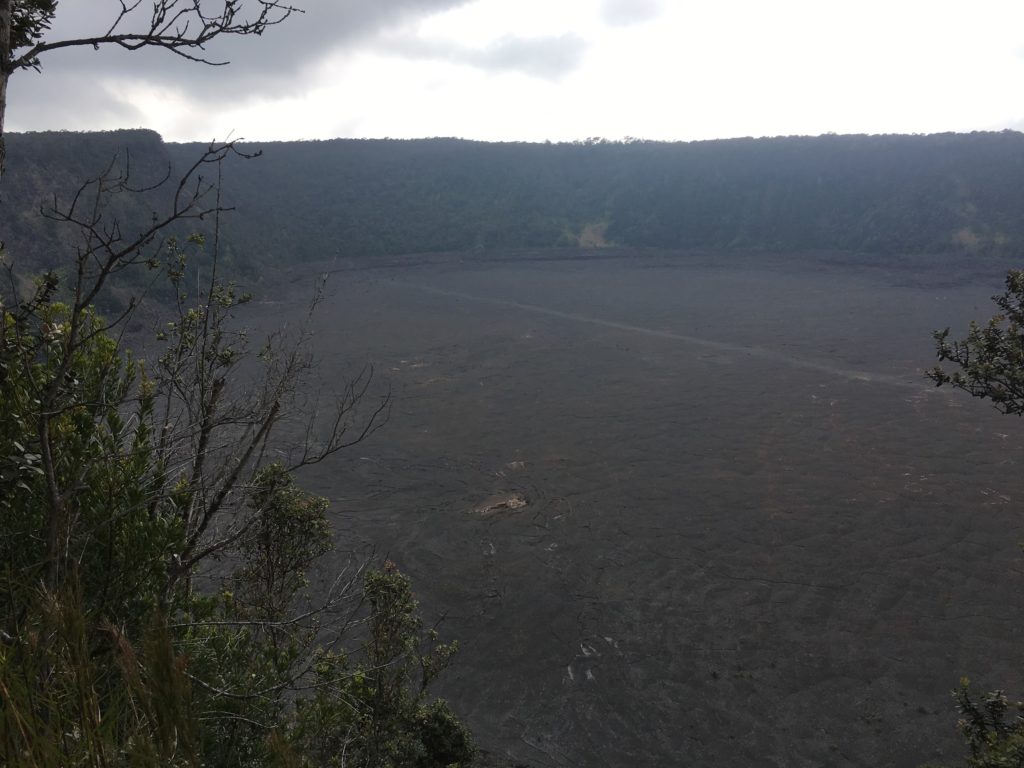
Kilauea Iki Crater
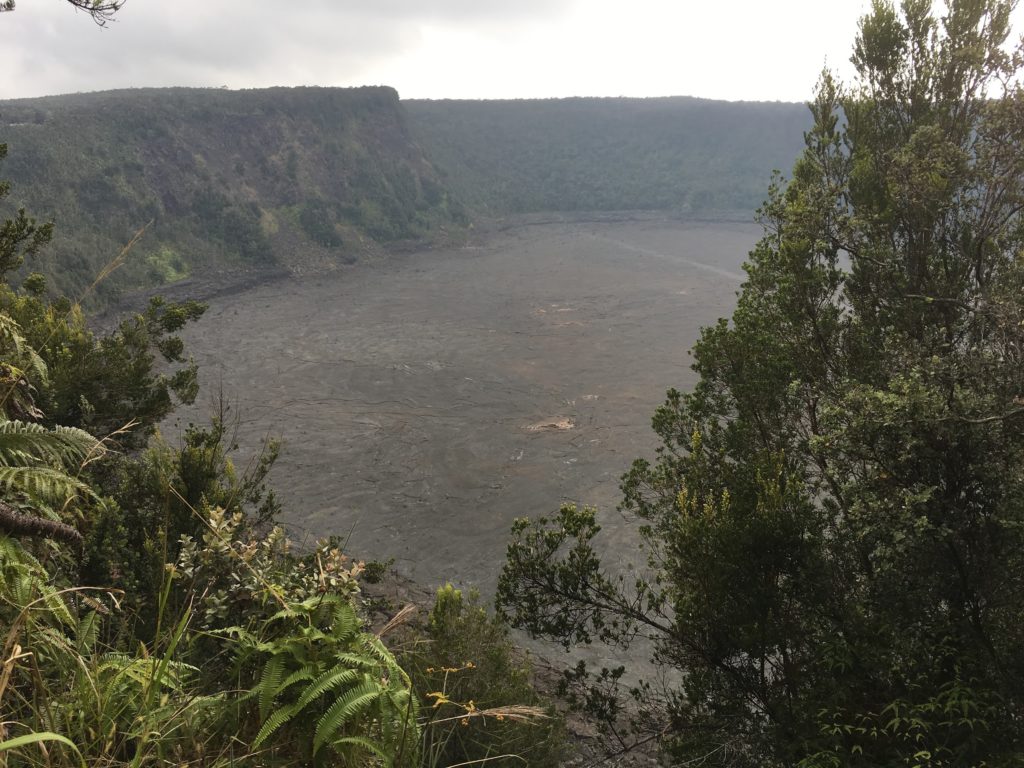
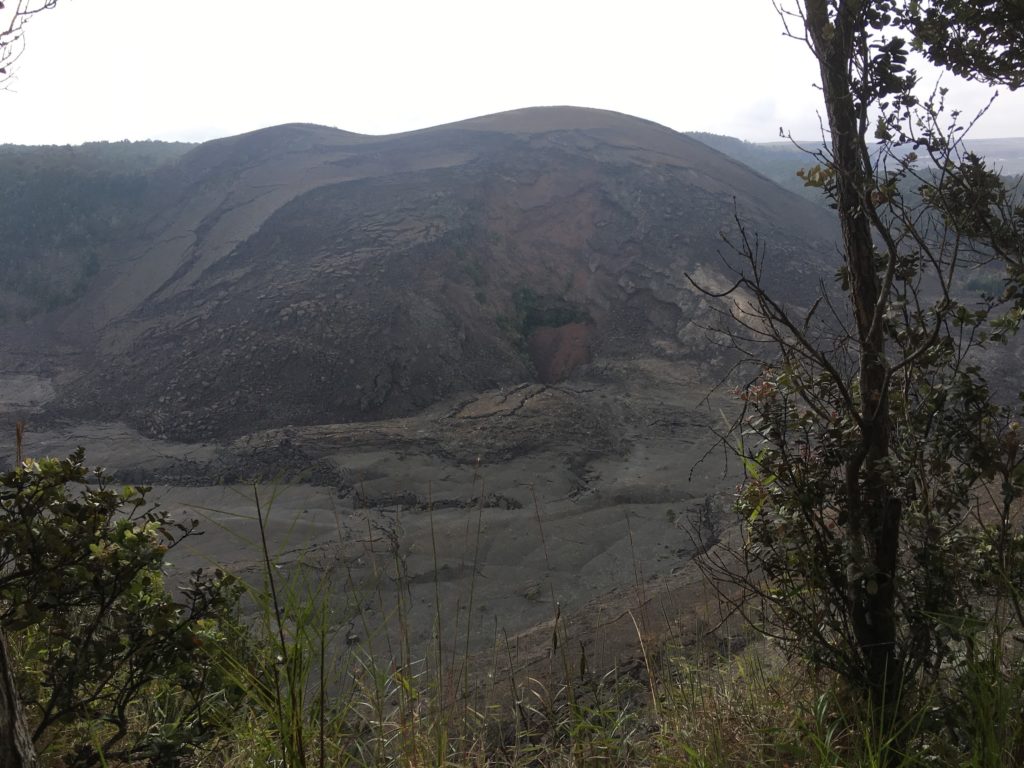
Kilauea Iki Main Vent
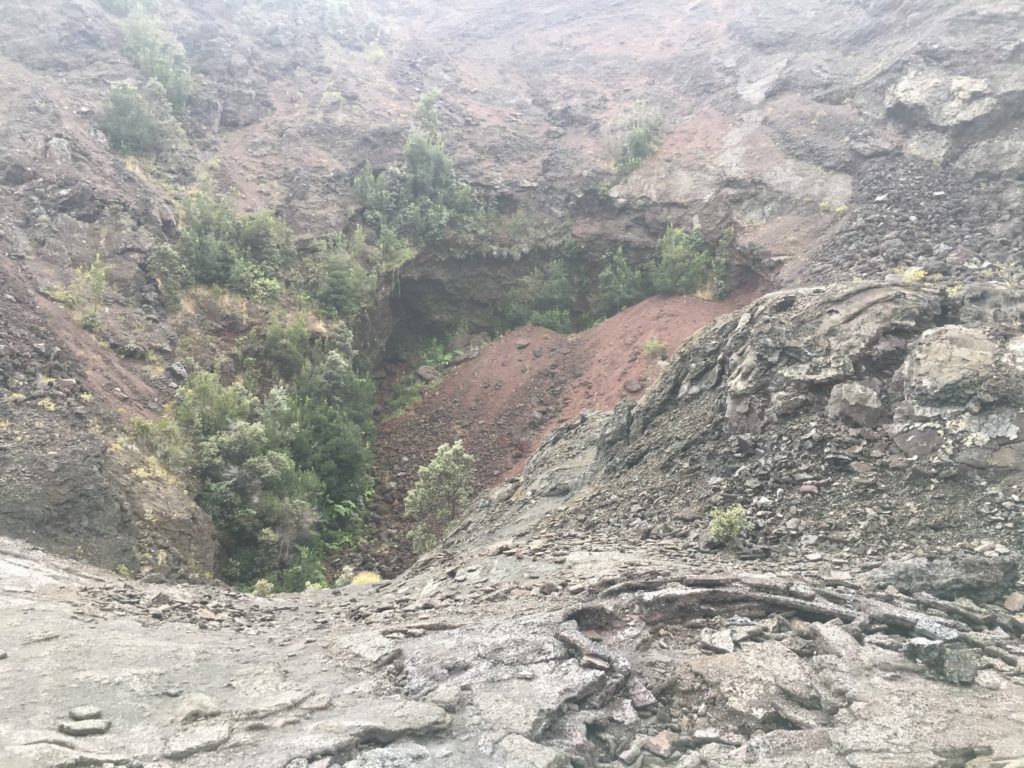
Main vent
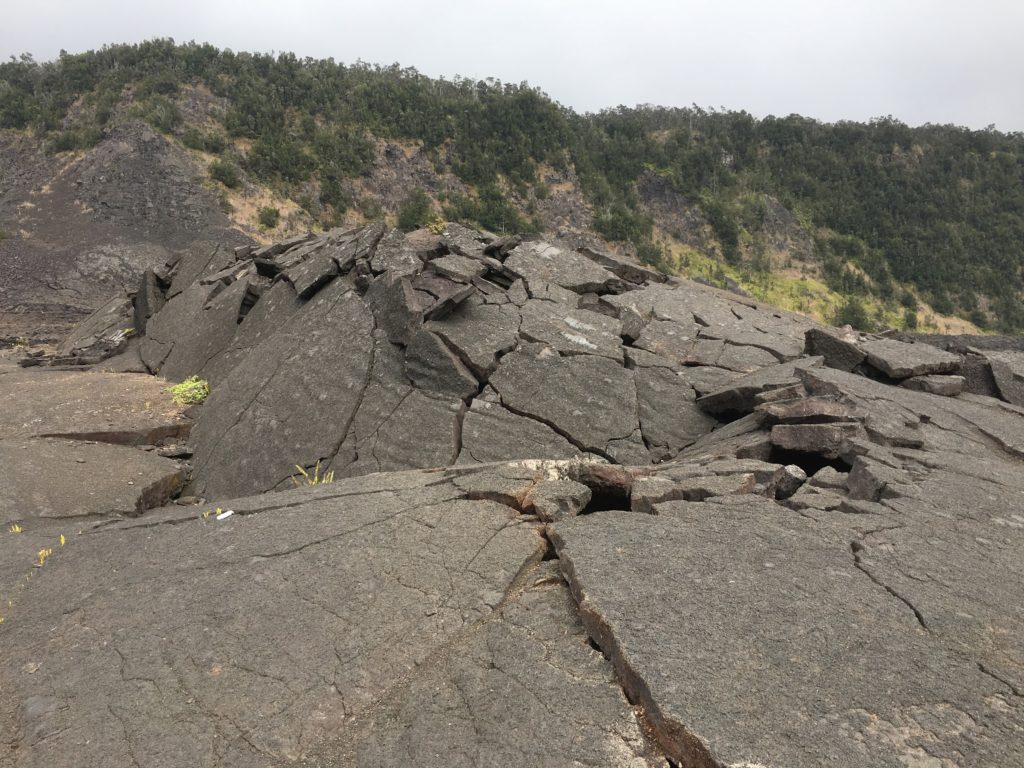
Squeeze ups
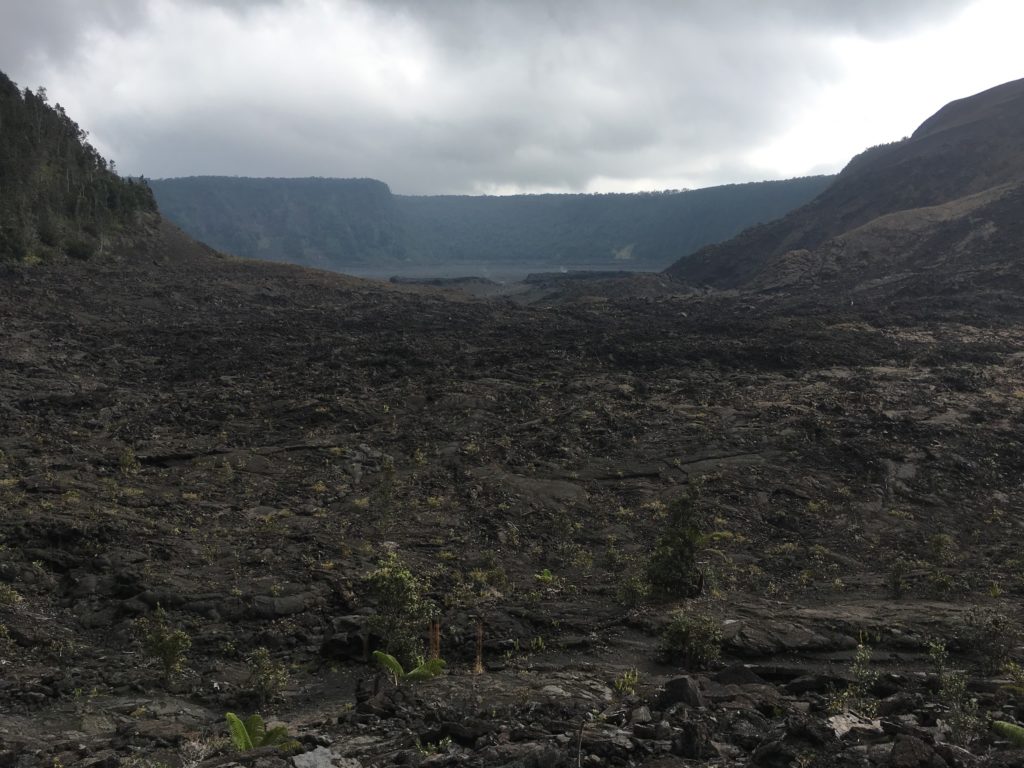
Kilauea Iki crater floor
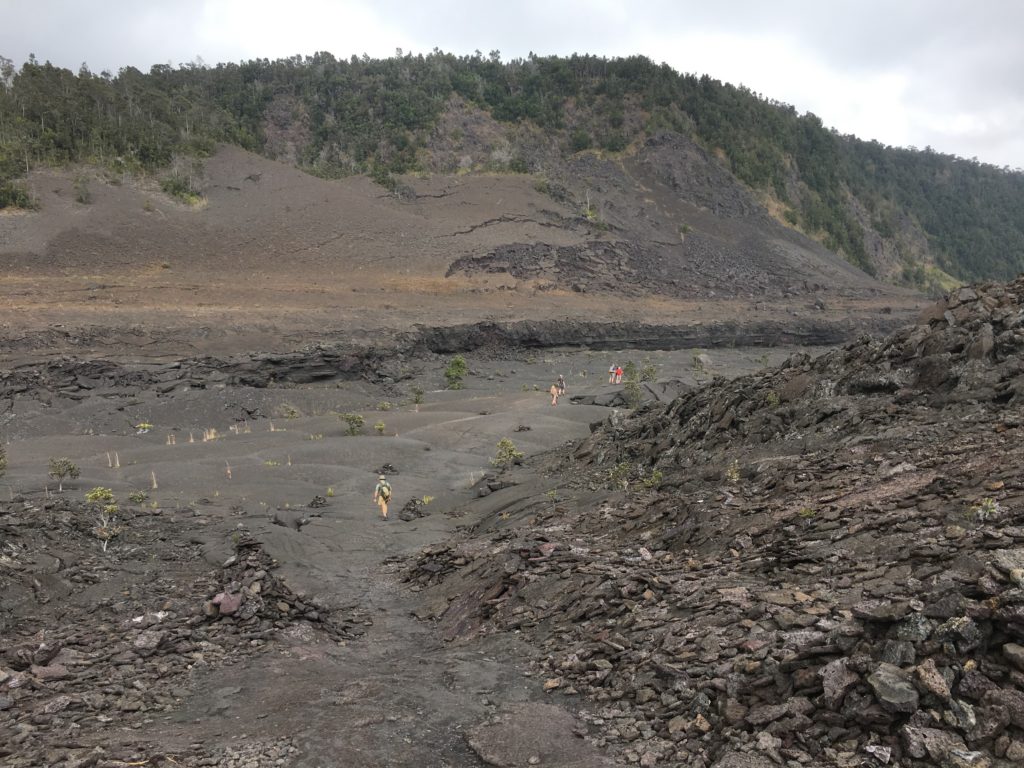
View from the main vent
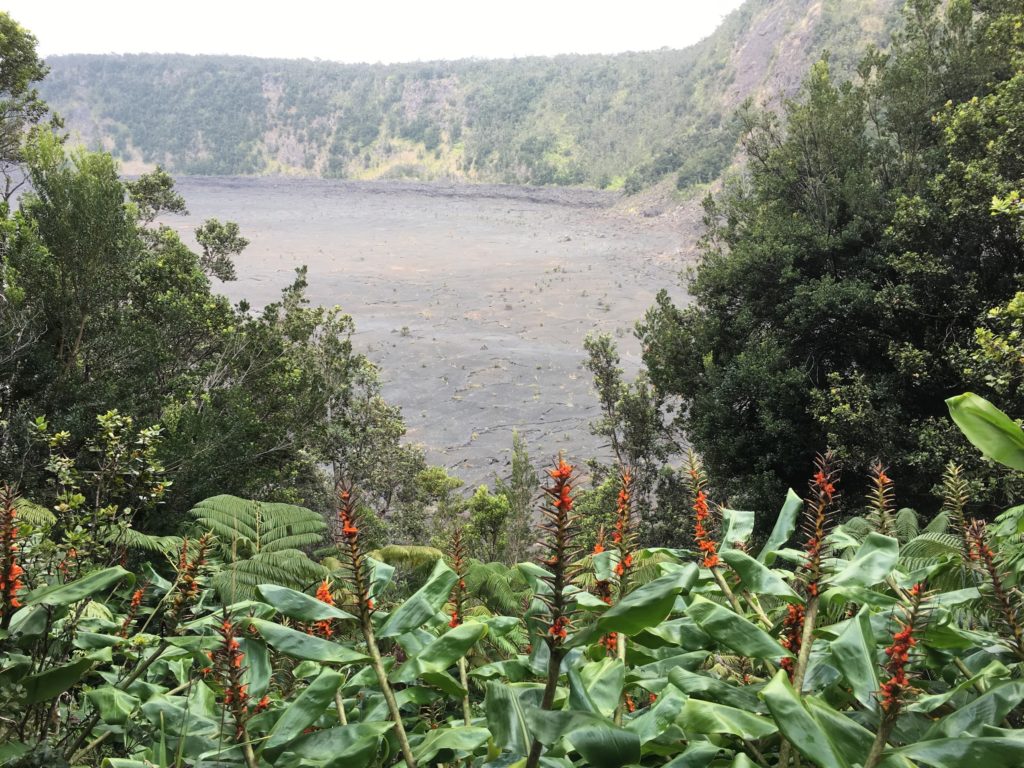
Floral beauty garnishes Kilauea Iki’s ominous crater
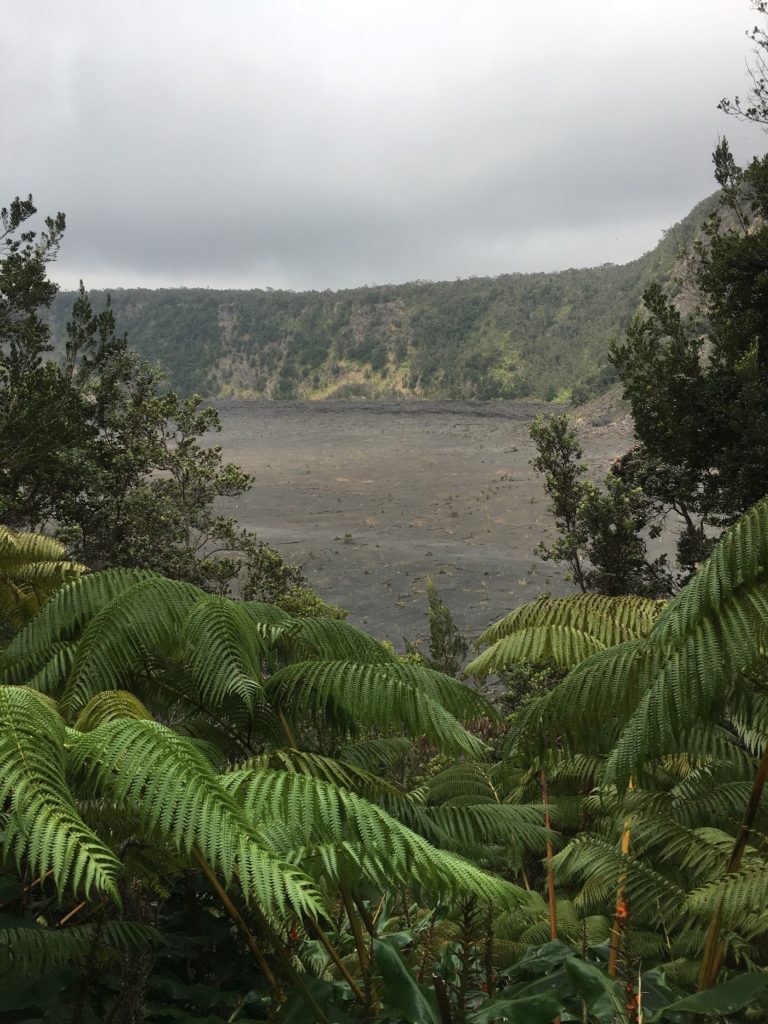
tropical rainforest surrounds the crater
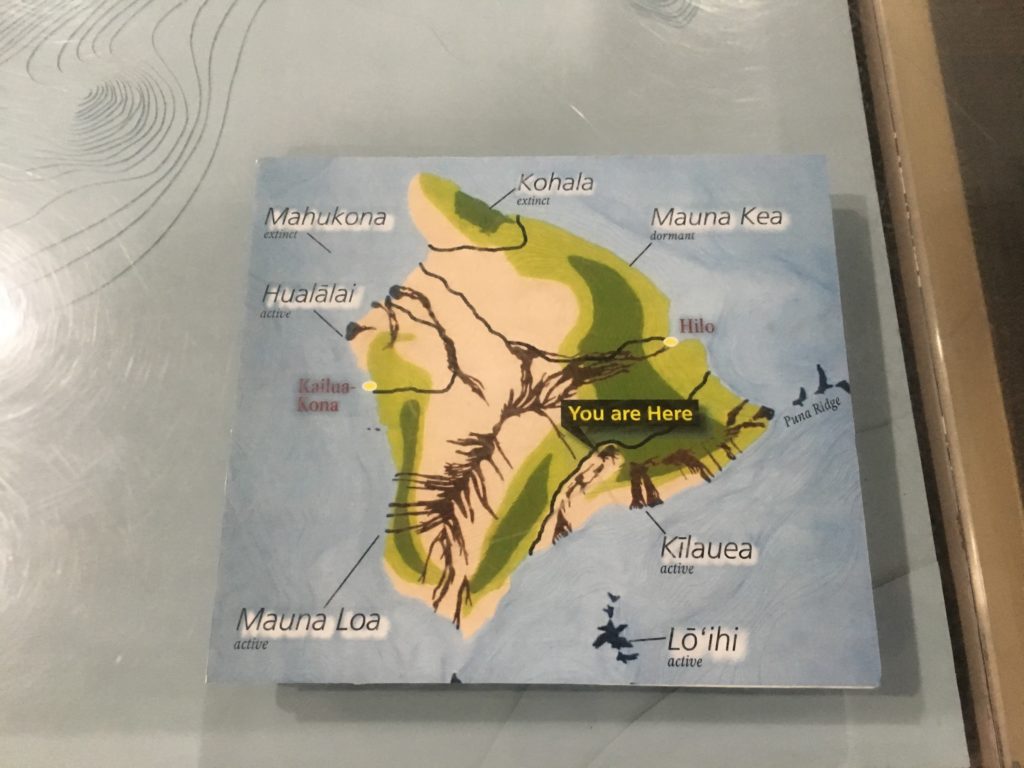
The island of Hawaii’s volcanic fields
